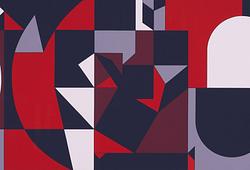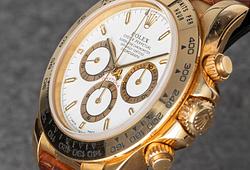A gilt copper repousse figure of Bodhisattva, Mongolia, Dolonnor, circa 1800.
The figure sits in dhyanasana on a double-lotus base with both hands held in vitarkamudra. Clad in a flowing dhoti with hems incised with a foliate pattern, and is adorned with various jewelry. The hair is pulled into a tall chignon behind the repoussé tiara. The base is sealed with a wooden plate. Made in separate pieces. Height 38 cm.
The crown with damage, a loose part. Finial to hair missing. One hair strand is missing. Lotus stems missing.
Alkuperä - Provenienssi
From a Finnish private collection.
From the Collection of Alexander Kenel (1898—1970), who was born in St. Petersburg into a family of famous architects, the family originated from France, the ancestors came to Russia during the Napoleonic campaign, and his French name was Charles L de Kenel. He studied at the Conservatory of St Petersburg and had a career as a composer. This sculpture was given as a gift to his friend Elsa, when they worked together in the Khakass Theater in the 1960’s. Elsa and Alexander Kenel were good friend and performed together numerous times. Thence by descent within Elsas family.
Näyttelyt
Compare with Christies, lot 1231. 16 September 2016, 12175. Fine Chinese Ceramics and Works of Art.
Kirjallisuus
One can also compare with the many repousse figures depicted on web archive of the Palace Museum Beijing.
Muut tiedot
The present work exhibits many characteristics common to the Buddhist workshops, such as the combination of cast and repoussé parts, the languid and slightly effeminate treatment of the face and body, and the tightly waisted double-lotus base with broad petals. The Qing court patronage of Buddhism that begun under the Kangxi Emperor reached epic proportions under his grandson, the Qianlong Emperor. The Buddhist centers of Beijing, Rehol, and Dolonnor produced thousands upon thousands of images to keep up with the demand of the numerous temples in and outside the capital.



















































